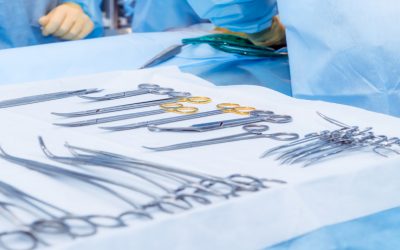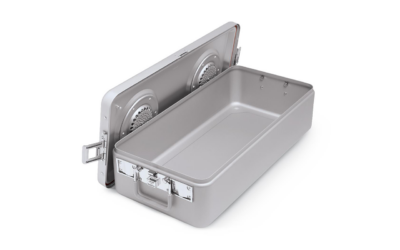By Lanier Norville
The global market for medical lasers is projected to reach $8.2 billion by 2017, driven by increasing applications across areas such as ophthalmology, oncology, cosmetic surgery, cardiology, dentistry, gynecology, dermatology, gastroenterology, diagnostics and urology, according to a Global Industry Analysts report. Technological advancements and increasing popularity of cosmetic therapies are expected to foster market growth.
The recession significantly affected sales of medical laser systems, as consumers avoided or postponed elective laser and cosmetic treatments, such as vision correction and facial rejuvenation. According to Global Industry Analysts, a majority of the medical laser segments – ophthalmic lasers, aesthetic lasers, and biomedical diode lasers – witnessed eroded sales following the slip in demand. However, the surgical laser market has maintained stability, as the number of necessary surgical procedures using lasers has not declined, and most are backed by reimbursement offered by major insurance providers.
“Overall, I believe the market for surgical lasers is showing signs of slight improvement,” says Chris Jones, owner of surgical laser refurbishing company Quanta Technologies, due to “a more focused attention on surgical applications.”
Jones says other market trends are consolidation of manufacturers, decreased equipment costs, and an increase in the use of surgical lasers in physician’s offices, rather than strictly in the operating room.
In the long run, the medical laser equipment business is projected to grow with increase in number of people opting for cosmetic applications. In recent years, several key developments in laser technology have created a plethora of applications in the medical field. Currently, lasers are being extensively employed for diagnosis and treatment of a number of diseases. Lasers now offer wide applications for noninvasive applications such as hair removal, skin rejuvenation, photodynamic therapy, selective laser trabeculopasty, and low-level laser therapy.
The U.S. represents the largest market for surgical lasers, driven by both surgical and cosmetic demand, according to a report published by Medical Laser Systems. Surgical lasers account for a major share of the overall sales, while the diagnostic lasers segment is forecast to grow at the fastest rate.
Jones says he expects growth in thulium lasers for the treatment of BPH; flexible CO2 fiber technology; mid-power holmium lasers, for the treatment of kidney stones and renewed growth on the aesthetic side as the market recovers.
“I think there is a real opportunity for Surgery Centers to invest in technology and training, especially with aesthetic lasers, by partnering with physicians to bring technology into the surgery center to be utilized by various physicians,” Jones says. “Cost of service will have to be evaluated and comparable with that of a physician office to make the programs profitable – but I believe it is possible.”
Jones says that because the cost of the technology has decreased, now is a good time to buy. “If a hospital has a CO2 laser that is 15-20 years old, they may want to consider upgrading into newer technology and providing some ongoing education for their surgeons to help implement new applications and better patient care.”









